With more changes on the horizon, you may ask yourself, are the dangerous goods regulations ever going to stay the same? With science, technology and logistics constantly changing and evolving, I think the answer is probably not. This is why PHMSA looks to make improvements to the hazardous material regulations and harmonize with the international regulations quite often. On August 10th, PHMSA issued a Notice of Proposed Rulemaking (NPRM) on HM-215P, which proposed changes to the 49 CFR Hazardous Materials Regulations (HMR) that will harmonize domestic hazmat shipping requirements with evolving international standards. The good news is PHMSA is collecting public comments on the proposed regulations, so maybe we have a say in what happens with the regulations after all?
What are the Changes?
PHMSA has evaluated recent updates to the international standards, and is proposing to revise the HMR to adopt changes that are in line with the revisions to the 2021-2022 Edition of the ICAO Technical Instructions, Amendment 40-20 to the IMDG Code, and the 21st revised edition of the UN Model Regulations, all of which were published by or in effect on January 1, 2021.
Essentially PHMSA is proposing to amend the Hazardous Materials Regulations to further align with international regulations and standards by adopting various amendments, including changes to proper shipping names, hazard classes, packing groups, special provisions, packaging authorizations, air transport quantity limitations, and vessel stowage requirements. In addition, PHMSA is proposing an amendment to the HMR that would allow for better alignment with Transport Canada’s Transportation of Dangerous Goods Regulations. Some of the highlights of the proposed changes include:
- Amendments to the HMR that would authorize the motor carrier or rail transportation of a hazardous material within the United States pursuant to a temporary certificate issued under Transport Canada’s Transportation of Dangerous Goods Regulations (TDG Regulations).
- A proposal to amend Special Provision 135 to specify that lithium batteries installed in cargo transport units (UN3536), which are designed only to provide power external to the transport unit, may not be classified as an internal combustion engine installed in a vehicle
- A proposal to add, revise, or remove certain proper shipping names, hazard classes, packing groups, special provisions, packaging authorizations, bulk packaging requirements, and passenger and cargo aircraft maximum quantity limits.
- Amendment provisions pertaining to the addition of technical names to the shipping description when transporting hazardous materials that contain marine pollutants. These amendments aim to provide flexibility with regard to documentation and marking requirements, which currently require identifying the technical names of marine pollutant components in those materials.
- In response to the COVID-19 public health emergency, and consistent with revisions to the 2021-2022 ICAO Technical Instructions, PHMSA proposes exceptions specific to the air transportation of these items used in association with shipments of COVID-19 pharmaceuticals, including vaccines.
How to Send Comments on these Proposed Changes to PHMSA?
Comments must be received by October 12, 2021. To the extent possible, PHMSA will consider late-filed comments while a final rule is developed. Comments can be made at the Federal Rulemaking Portal. Follow the online instructions for submitting comments. Other methods of commenting are below:
Fax: 1-202-493-2251.
Mail: Docket Management System; U.S. Department of Transportation, Docket Operations, M-30, Ground Floor, Room W12-140, 1200 New Jersey Avenue SE, Washington, DC 20590-0001.
Hand Delivery: U.S. Department of Transportation, Docket Operations, M-30, Ground Floor, Room W12-140, 1200 New Jersey Avenue SE, Washington, DC 20590-0001 between 9 a.m. and 5 p.m., Monday through Friday, except Federal holidays.
The full Notice of Proposed Rulemaking can be found here.
Stay up to date and sign up for our newsletter!
We have all the products, services and training you need to ensure your staff is properly trained and informed.
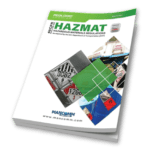 US 49 CFR Publications |
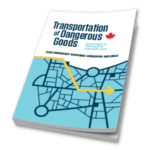 Canadian TDG Publications |
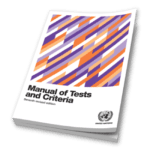 UN Model Regulations |
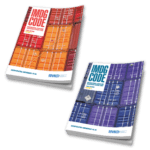 IMDG Publications |


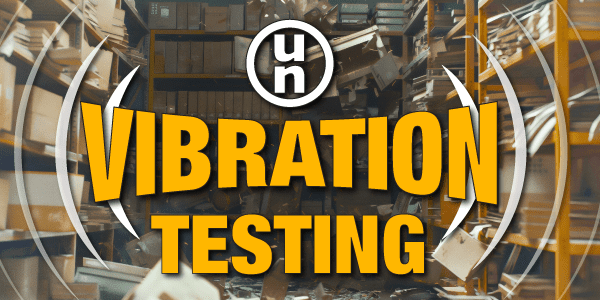
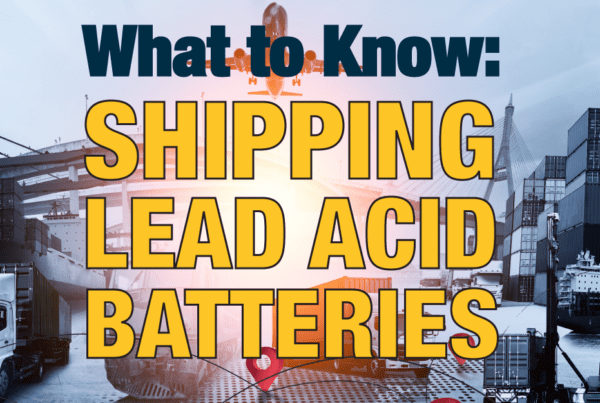



 ICC USA
ICC USA ICC Canada
ICC Canada